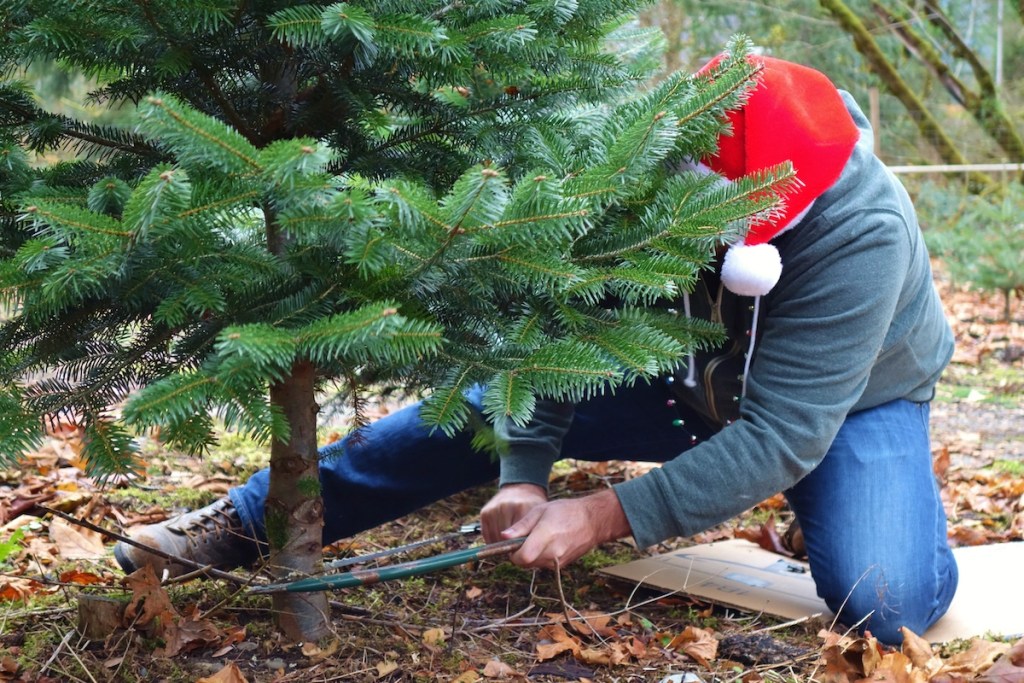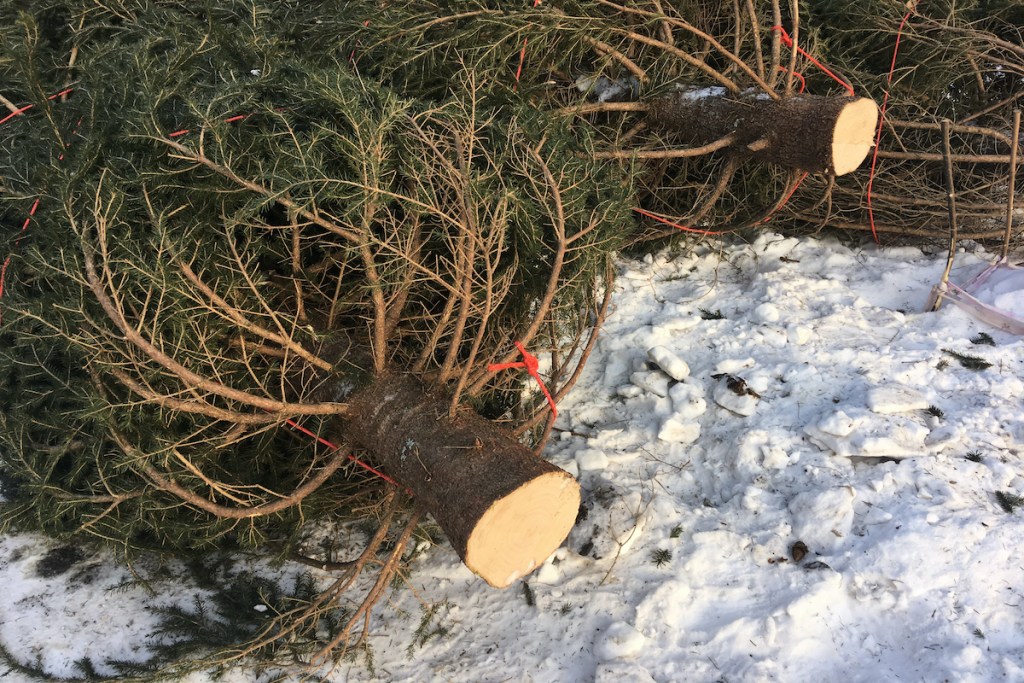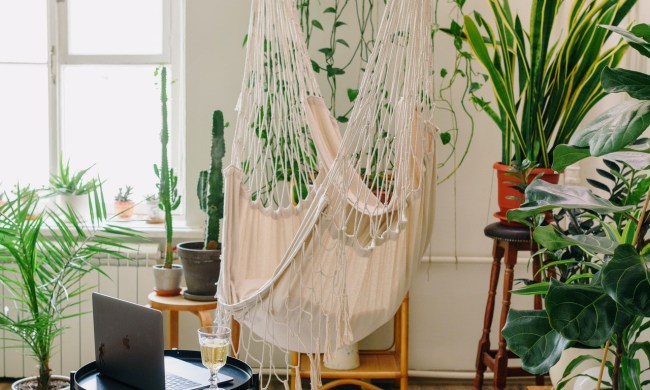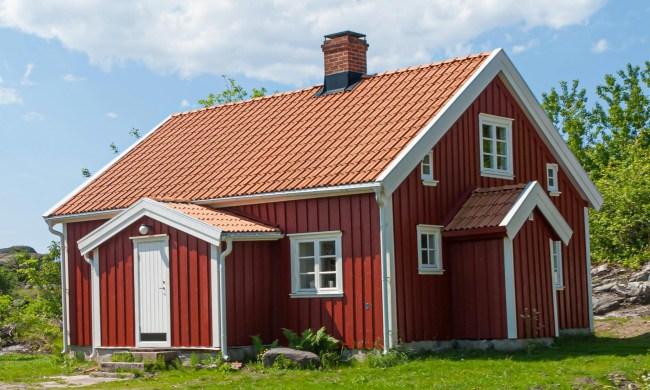It’s almost that time to collect family and friends, hop in the car, and go on a hunt for the perfect Christmas tree. It’s one of the best parts about the holiday season, but picking the right tree isn’t all fun and games. There’s some thought that goes into which tree will fit in your home — both in terms of size and overall style. You also want to make sure you’re getting a healthy tree that will smell divine and last throughout the holiday season.
Consider this your guide to finding and bringing your very own evergreen to deck the halls. Here are a few tips we’ve learned along the way to find the tree that’s right for you.

Which type of tree should I look for?
It can be overwhelming walking through the tree farm as there are about 16 different types of trees that lots sell for Christmas. Some are only available in certain parts of the U.S., but the varieties below are available in most states. Here are a few of our favorites and why we love them:
Balsam Fir
- The richness of the dark green needles
- The needles don’t drop or brown
- Super fragrant evergreen smell
- The dense, short branches hold ornaments well
- Typically, the least expensive tree to buy
Fraser Fir
- Good needle count and doesn’t shed easily
- Silver underside makes for a shimmery, elegant tree
- Appears thick and full
- Slightly less fragrant than the Balsam, which is ideal for those who don’t love a strong scent
Douglas Fir
- The short, stout size makes for a more manageable tree
- Paler green than the other firs
- The needles are softer (tactically and visually)
- Ideal for sparse, light ornaments
Blue Spruce
- Gorgeous, full look with few gaps
- Silvery, bluish color reflects light well
- Needles are strong enough to hold ornaments (be careful around the sharp inner branches)

How do I decide which size to pick?
There are a few things to keep in mind when getting the right height Christmas tree.
- Room height: First, you’ll want to know the height of the room where the tree will live this season.
- Tree toppers and stands: Make sure to consider how much additional room you’ll need for your tree topper and if you plan to put the tree into a stand or pot. Typically, you should allot 12 to 18 inches.
- Fullness: Don’t forget to consider the fullness of the tree, as well. If you have a small, narrow living room, find one that’s more narrow (Balsam is good for this).
How do I test the health of the tree?
To ensure a tree will absorb plenty of water throughout the season, buy one that’s freshly cut. If you are buying from a lot, you can tell the freshness by running your hands over the needles, which should be pliable to the touch. If they are dry and brittle, odds are the tree’s been there a while.
Have the lot or farm put it through a shaker or blower to get any dead needles off, and wrap it securely to the car to avoid branches breaking off on the trip home. If you are having one cut for you, drive home right after and get it set and into water.
Make sure you are refreshing the water daily. Letting your tree dry out can lead to premature death and falling needles, and both situations can cause a big mess and become a serious fire hazard.

Once all the work is done, the only thing left to do is decorate your Christmas tree and enjoy the season. Whether you like the old-school bubble lights and strings of popcorn and tinsel or prefer a more formal tree with blues, silvers, and glass ornaments, you really can’t go wrong with your decorations as long as they inspire you.
If you’ve never cut down your own tree before, we highly recommend trying out the experience this season. Just make sure you have all the equipment you need and an extra set of hands to get it back to the car and you’ll be able to tell guests you did all the work to bring home your tree this year. Not only will it ensure the tree is freshly cut, but you will also have the memories of trekking out to the middle of a wooded area, finding the perfect tree (Clark Griswold style), and bringing it home. (Just remember to check for squirrels before putting it in your living room.)



